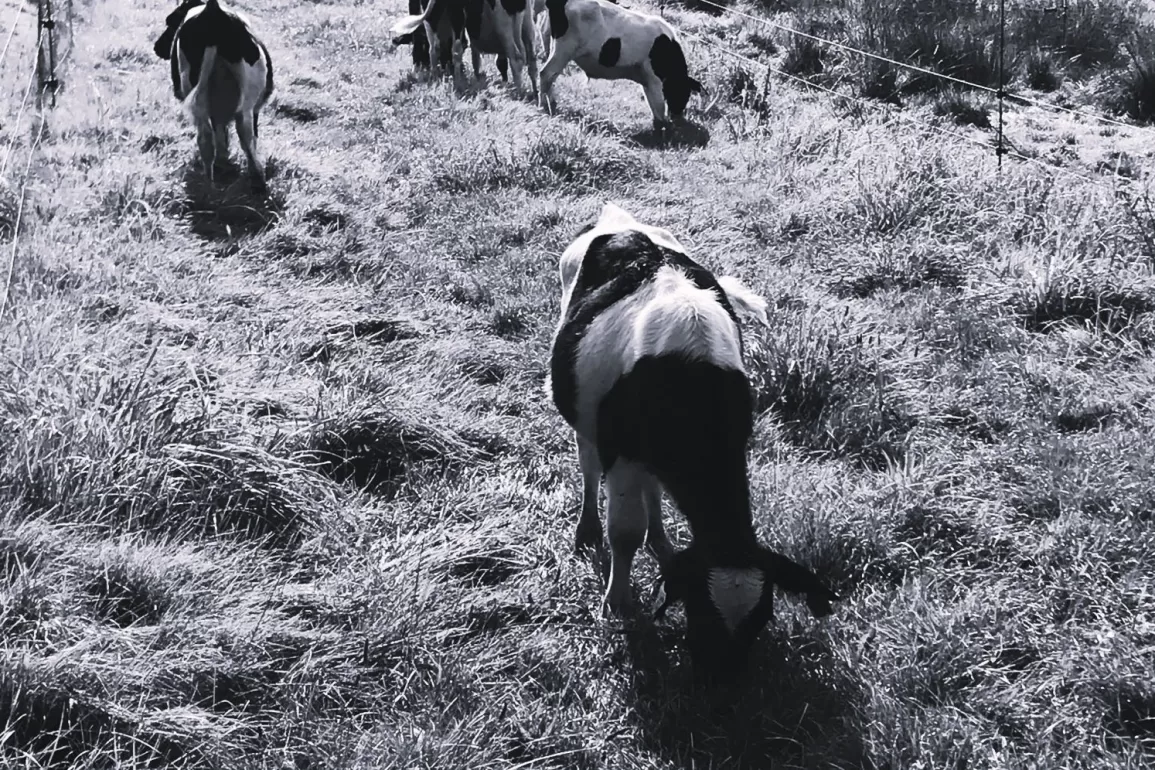This three-part installment follows Donna as she and the surrounding community try to solve what has killed her calf. Donna and her wife farmed in Folles, France, with their two children. * Turns out nothing brings a farming community together like the mysterious death of a calf. Wednesday On the morning of January 26th, 2022, I walked through our frost-laden field toward the cows’ new paddock–past ice crystals clinging to the thin twigs of blackthorn trees, among the remnants of...

